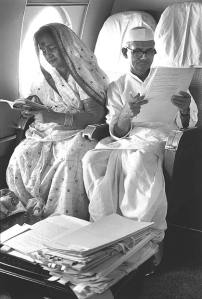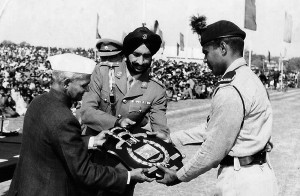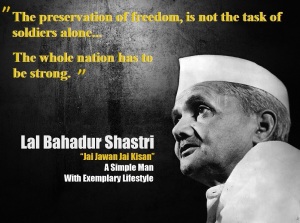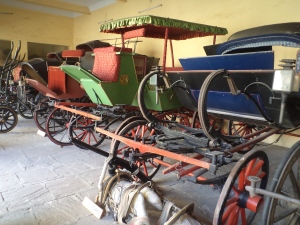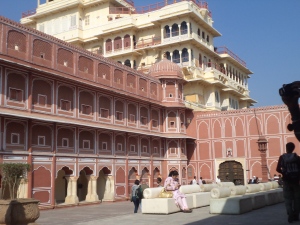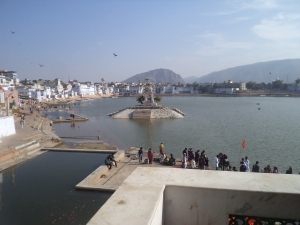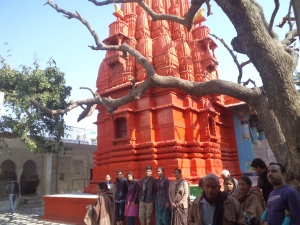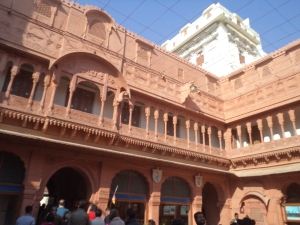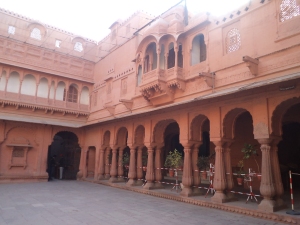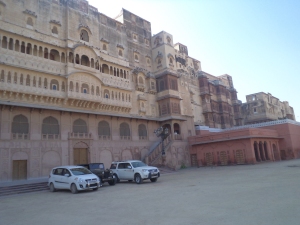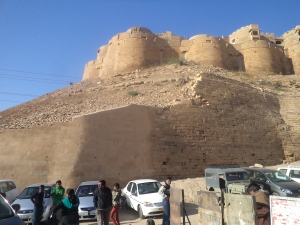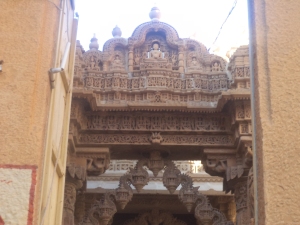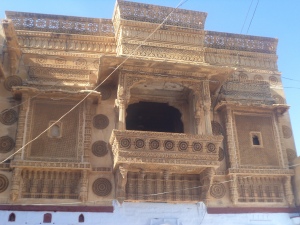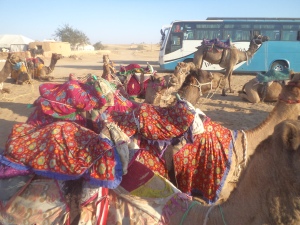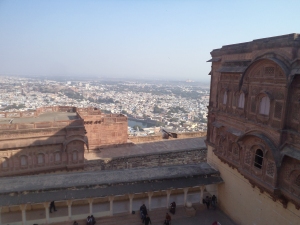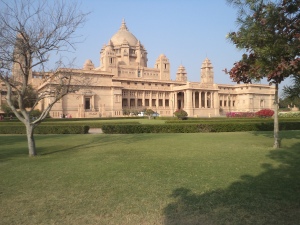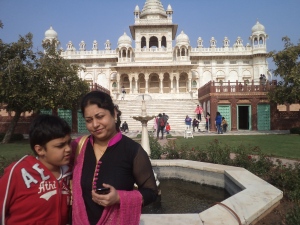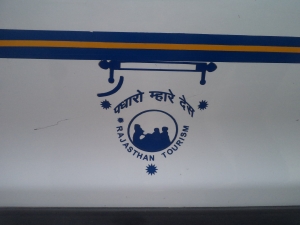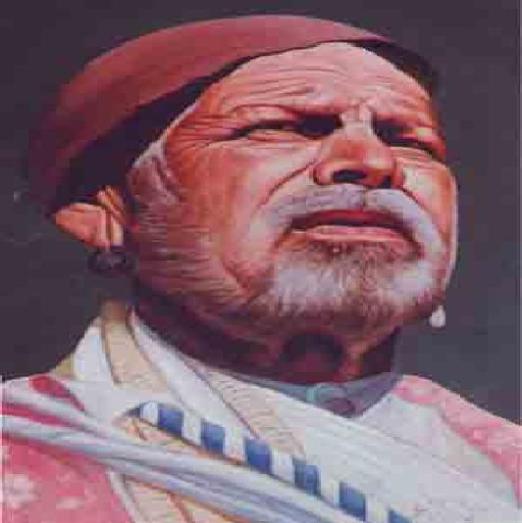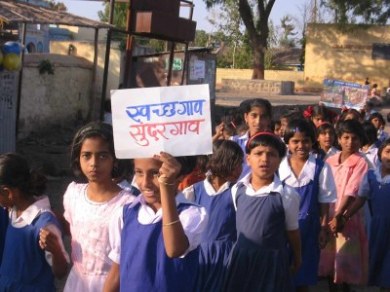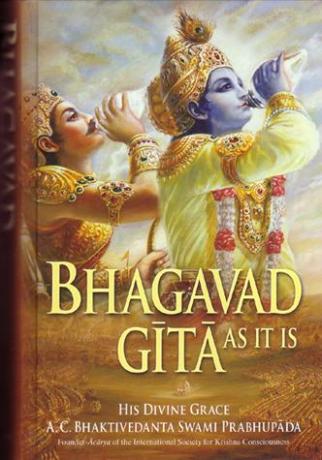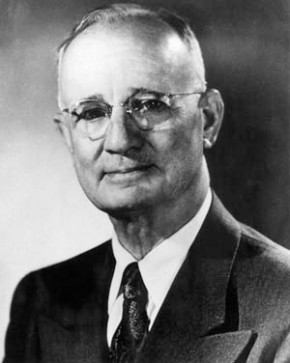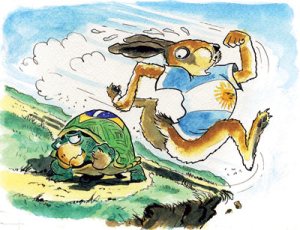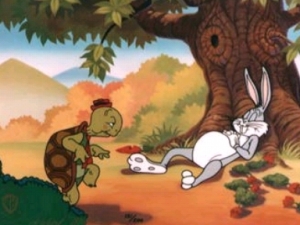
Chapter 3 of the Bhagwad Gita is about ‘Karamyoga.’
The
Discourse deals with the importance of keeping oneself engaged in an
activity related to one’s duty. If further explains that no one can ever
remain idle. You may not engaged in physical activity, but you can
never make your mind stand still. The mind will always be engaged in
some kind of activity even when you are sleeping. You may not be aware
of this. But the mind never sleeps. Through out this chapter, in fact
throughout the great wisdom book, it is emphasized that everyone must
keep on performing their duty.

The
western thoughts lay a lot of stress in the process of visualization.
Some people may call it dreaming in the day. The best selling book ‘The
Secret’ by Rhonda Byrne particularly stresses that you can achieve
anything in life, if you repeatedly visualize the achievement. There
lies the rub. You may be confused what is better? Which school of
thought is more suitable? In fact, when Rhonda or any other thinker
talks about visualization, they are not recommending to enjoy the
pleasures of achievement mentally. And that is what Bhagwad Gita
prohibits human beings – not to enjoy achievements mentally. The
emphasis is on work. Likewise, western thinkers also lay emphasis on
work. The repeated visualization is suggested only to reinforce your
determination. Once you are determined to succeed, there is no stopping.
You may have problems on the way, but you are bound to reach your goals
sooner or later.

Napoleon
Hill, author of the famous book, ‘Think and Grow Rich’, says, “The
human mind can believe, The human mind can achieve.” Further he asks,
“what do we mean by belief? Wishing won’t making it so….” A wish is not a
belief.
Another great achiever, Steeve Jobs has been laying
emphasis on implementing the ideas. According to him, thinking
out-of-the-box is necessary, but putting it into practice is extremely
important. About him it was said “he works from the gut and
intuitively”.

More
recently, Steven Covey, author of the famous book, “Seven Habits of
Highly Effective People”, advises everyone to be proactive. According to
him, being proactive is the first habit which anyone who wants to
progress should inculcate. He starts his chapter in this context with a
beautiful quotation from Henry David Thoreau which reads as,
“I know of know more encouraging fact than the unquestionable ability of man to elevate his life by conscious Endeavour".
To
me it appears that all these great achievers were inspired by the above
referred chapter of the Bhagwad Gita. In this regard, I had also
written a poem called duty first which I am repeating below:
Duty First:
Row the boat of ‘duty’
Sail safely across the sea.
Search through your mind
What your duty can be.
Never is there a situation
Nor any circumstance
That could ever affect your intention
Of duty; you want to perform.
Hindrances, hurdles even hurricane
May hurt or shake your resolve.
With devotion to your duty;
Greater courage will evolve.
Duty first, always in mind
Greater joy; you will never find.
Thanks for reading!
www.nimblefoundation.org


